Battle scene at Cacaxtla
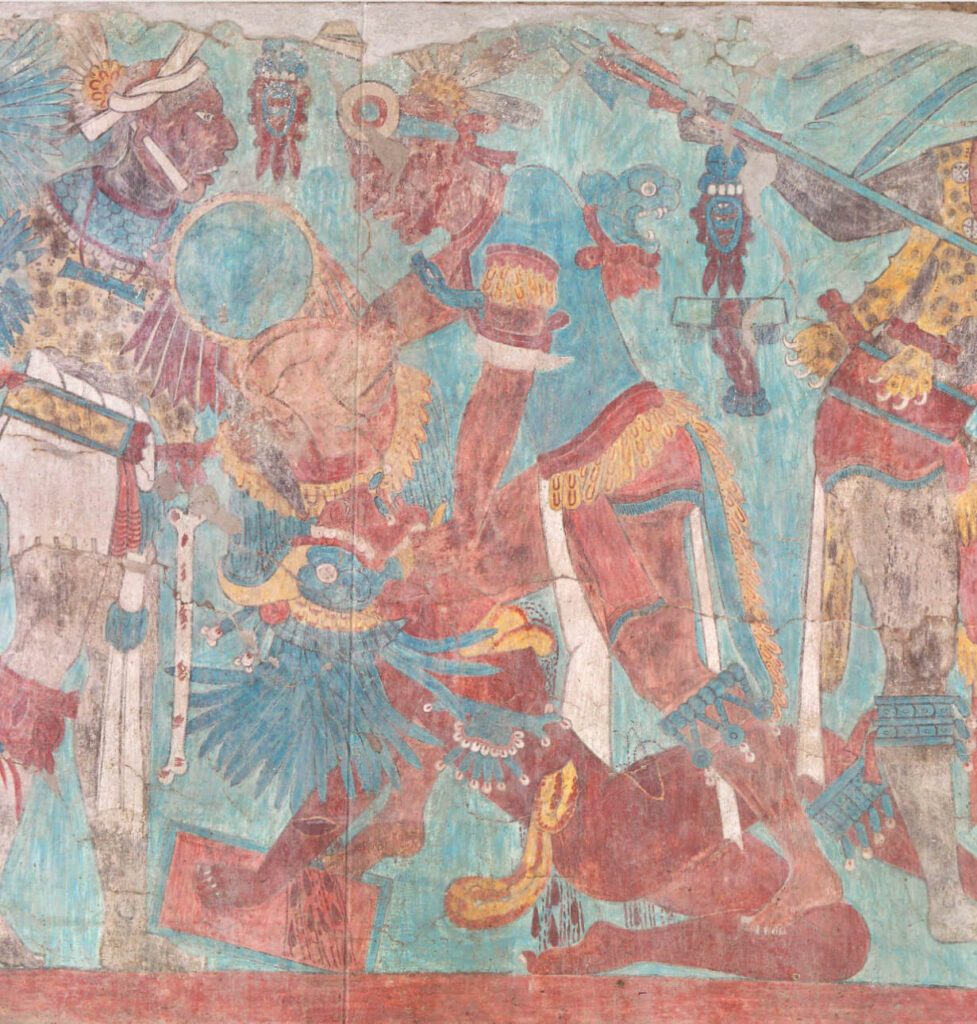
Battle scene at Cacaxtla, showing captives whose entrails are gush out of the severed abdomen Site: Cacaxtla Culture: Epiclassic Date: Epiclassic (c. AD 650-850) Context: Building B, western talud Medium: Polychromatic mural painting Figure credit: Photograph by Ricardo Alvarado / Drawing by Citlali Coronel – This elaborate and colorful mural of a tortuous and bloody […]
Depiction of a mortuary bundle at Teotihuacan
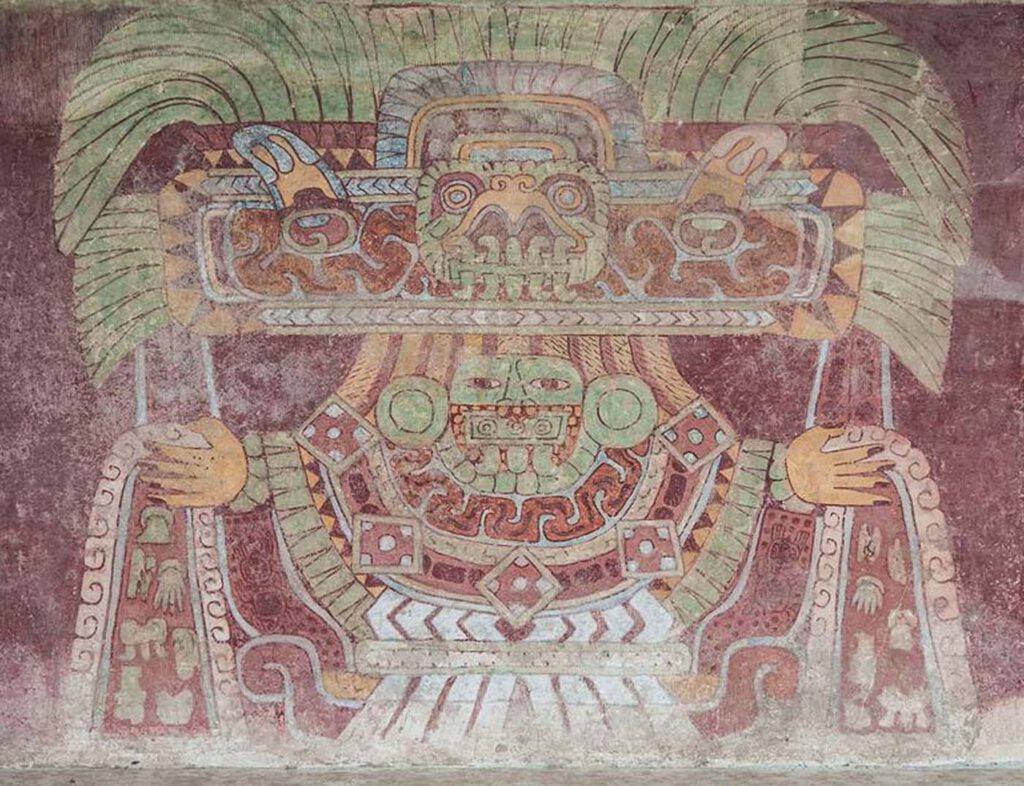
Depiction of a mortuary bundle at Teotihuacan, here adorned with human hearts and intestines. Site: Teotihuacan Culture: Teotihuacan Date: Early Classic (c. AD 250-550) Context: Tetitla, Portico 11, Mural 3 Medium: Polychromatic mural painting Figure credit: Photograph by Christophe Helmke – Long thought to represent one of the salient female deities of the ancient pantheon […]
Early Zapotec stone relief of a sacrificial victim with a disembowelled abdomen
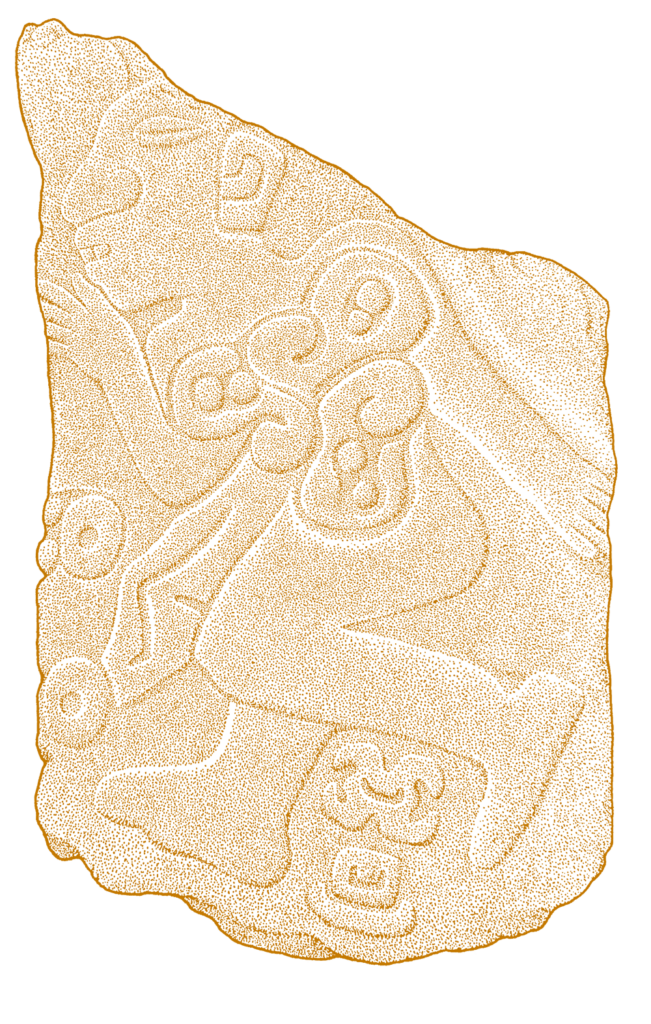
Early Zapotec stone relief of a sacrificial victim with a disembowelled abdomen Site: San José Mogote Culture: early Zapotec Date: Early Preclassic (c. BC 600-500) Context: Corridor between Structure 14 and 19, Monument 3 Medium: Stone relief Figure credit: Drawing by Mark Orsen – Placed as a step at the head of an hallway, the […]
Terracotta anatomical votive; spiral coil ending in trefoil
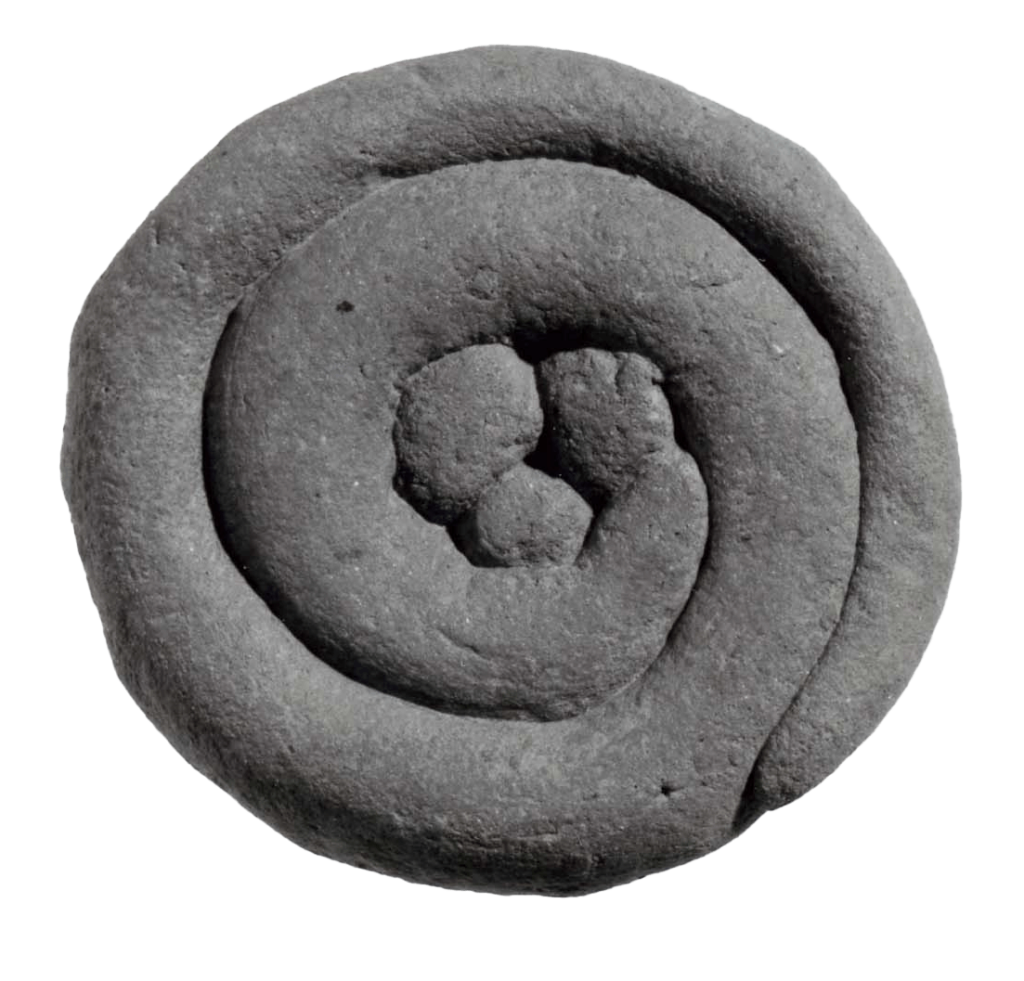
Terracotta anatomical votive; spiral coil ending in trefoil. Tivoli/Lazio, 3rdC BC-1stC BC © The Trustees of the British Museum Museum Number 1899,0720.13 CC BY-NC-SA 4.0 – This terracotta votive nicely combines the clean volumetric rotundity of the belly with the coiled shape of the imagined innards (intestines? the uterus? the spiral image as an abstract […]
Terracotta anatomical votive
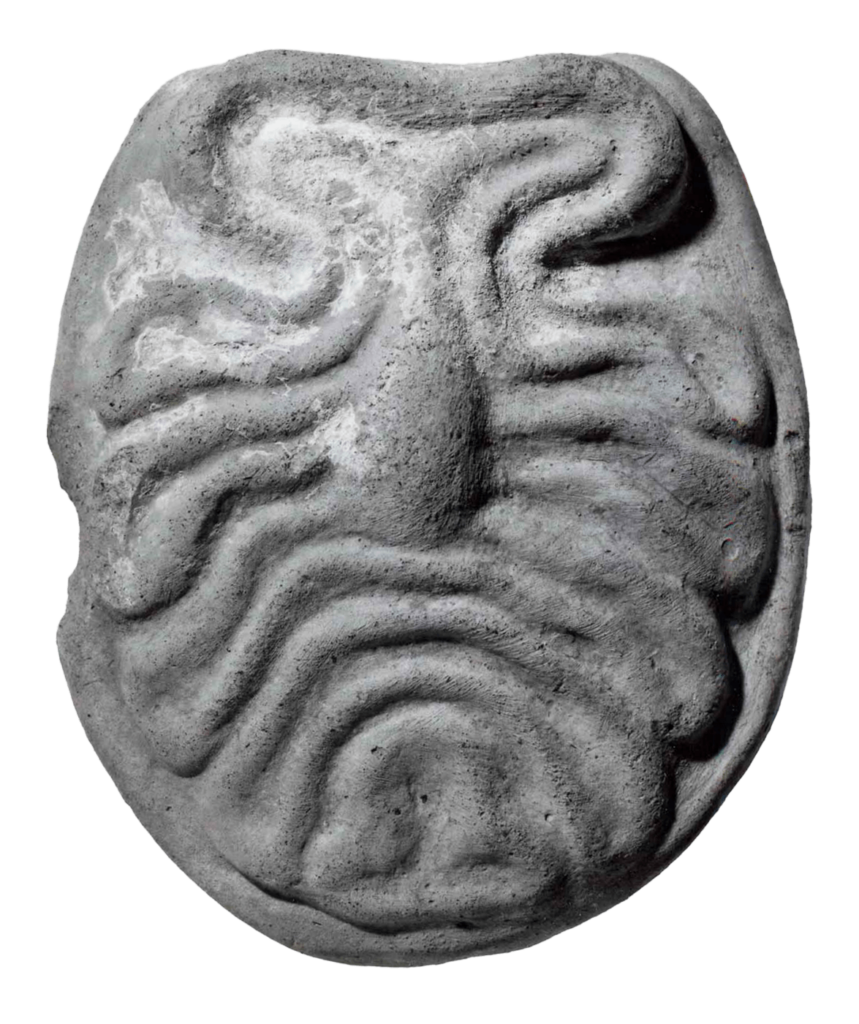
Terracotta anatomical votive 3rdC BC-1stC BC © The Trustees of the British Museum, Museum Number 1839,0214.51CC BY-NC-SA 4.0 – This image represents an inner part; some of the features, such as the ribs and wrinkles and the central globe, point to a womb as an ‘empty sack’, a container ready to receive the embryo; on […]
Apollo the Python-Slayer or Cleveland Apollo
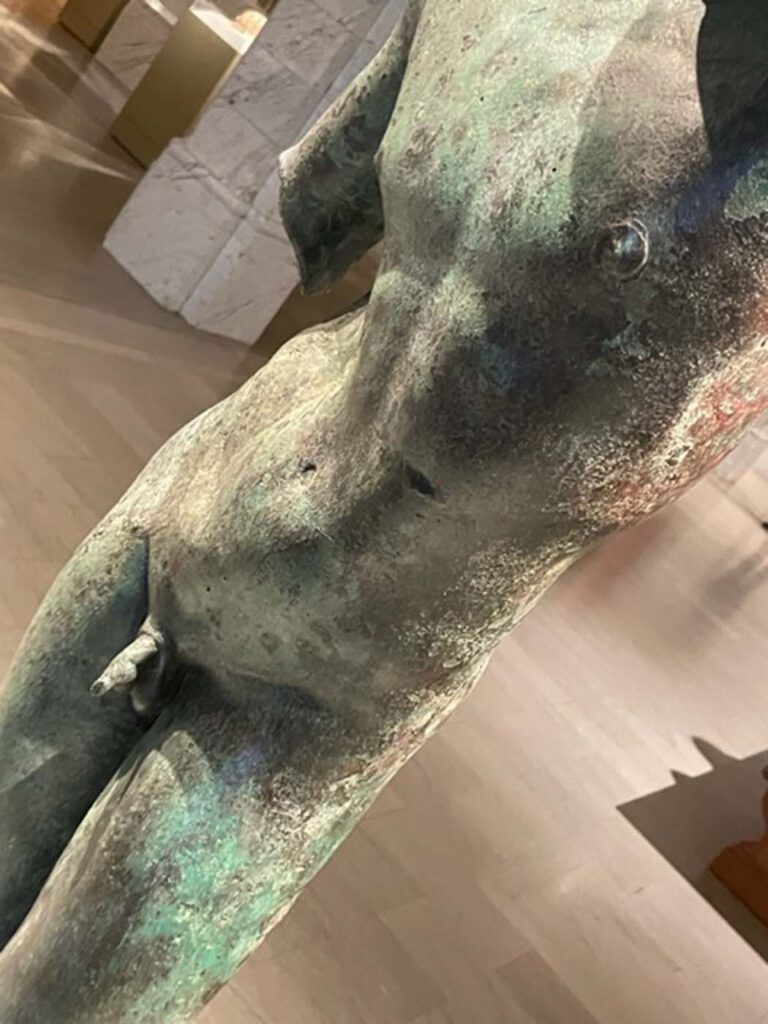
Apollo the Python-Slayer or Cleveland Apollo Hellenistic (?) Courtesy of the Cleveland Museum of Art. Museum Number 1839,0214.51 – The celebrated Cleveland Apollo is one of the most famous works attributed to the fourth-century Attic sculptor Praxiteles. Many later marble copies survive, but this bronze classical piece came to public attention only in 2004 when […]
Grotesque figurine
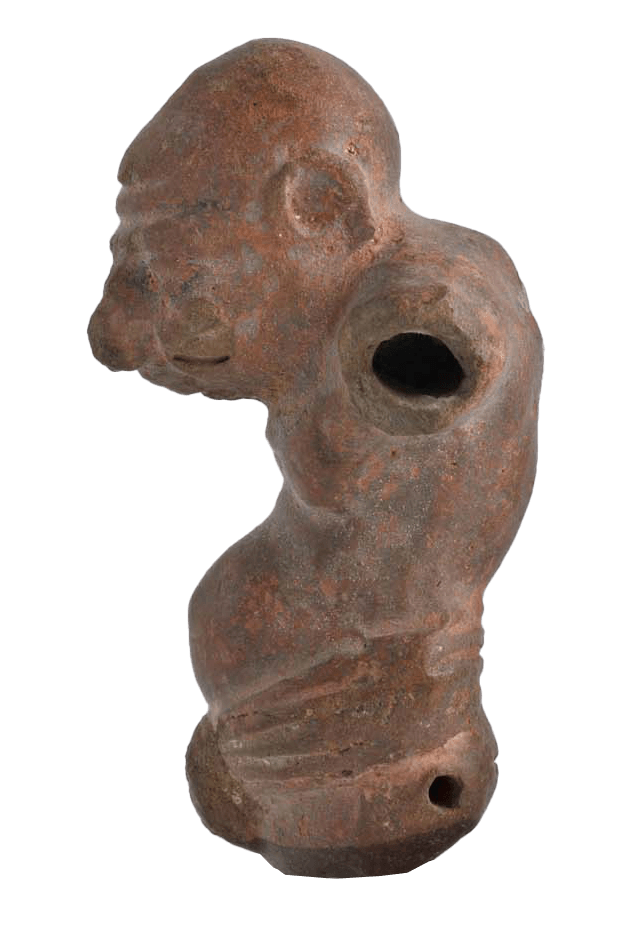
Grotesque terracotta figurine 3rd century BCE–3rd century CE (?) © 2023, Benaki Museum, Athens. Benaki Museum inv. No 12793 – This Hellenistic terracotta, part of the Benaki Museum collection in Athens, depicts with hyper-realistic traits an old, and/or ‘disabled’ man with a protruding pot belly, achieving a grotesque effect and signalling a pathology while offering […]
Marble tombstone of an Athenian physician
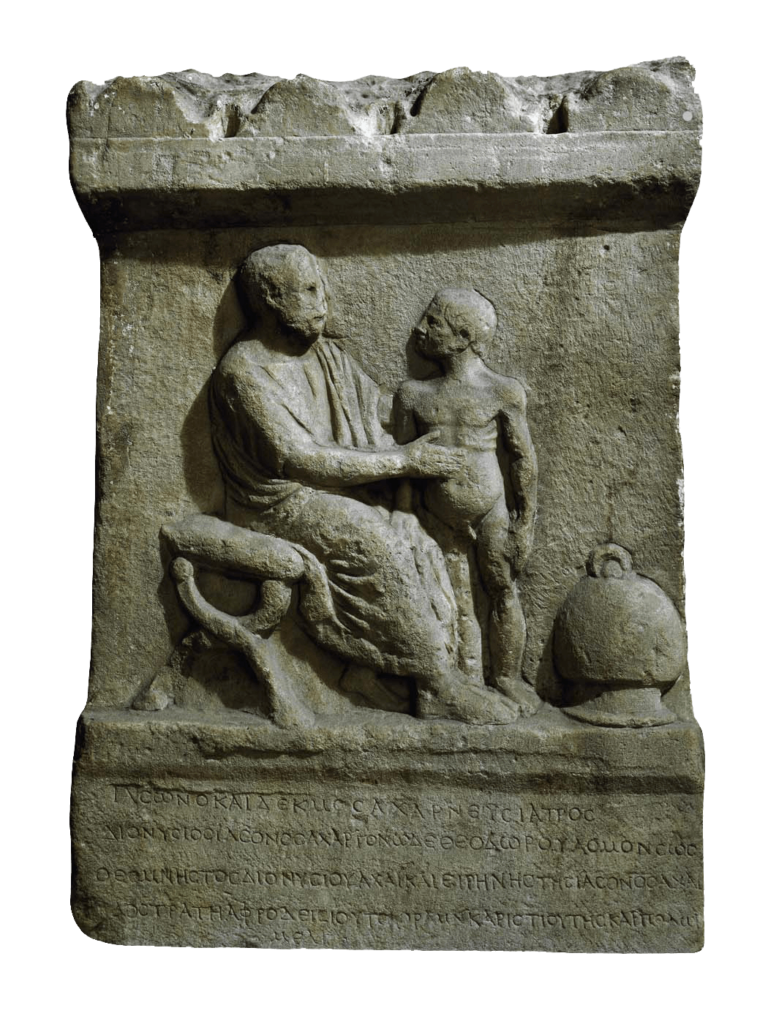
Athens, 2nd century CE
Maps of the inner sceneries • ventral and dorsal view
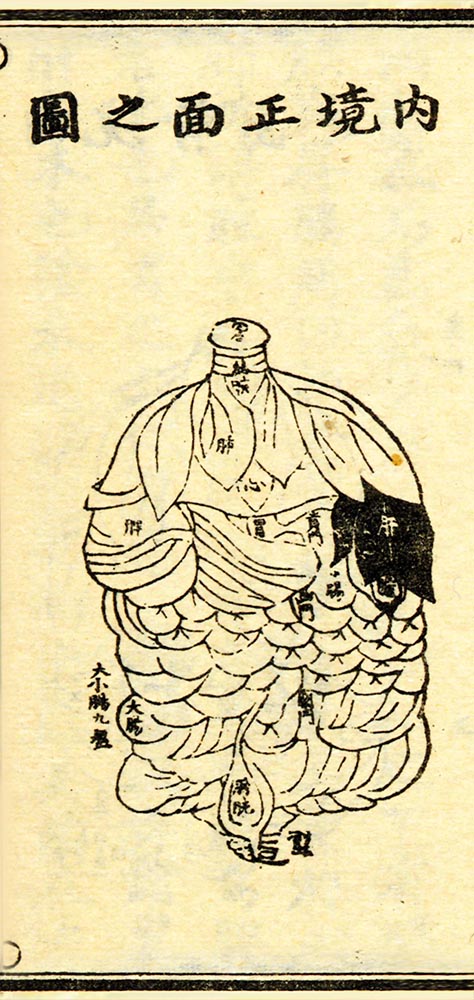
This page is viewed best with a large screen. 1 2 3 4 5 6 7 8 9 10 F ‘Map of the inner sceneries in dorsal view’ (Ti ke ge, 3b) 1 2 3 4 5 6 7 8 9 10 11 12 13 14 15 E ‘Map of the inner sceneries in ventral […]
Maps of the inner sceneries • from the left and the right side
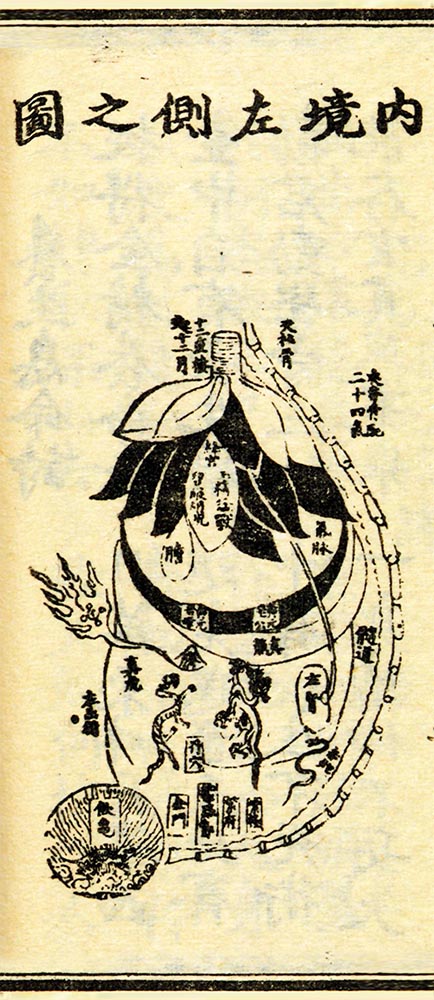
This page is viewed best with a large screen. 1 2 3 4 5 6 7 8 9 10 11 12 13 14 15 16 17 18 19 20 21 22 23 24 D ‘Map of the inner sceneries from the right side’ (Ti ke ge, 3a) 1 2 3 4 5 6 7 8 […]
